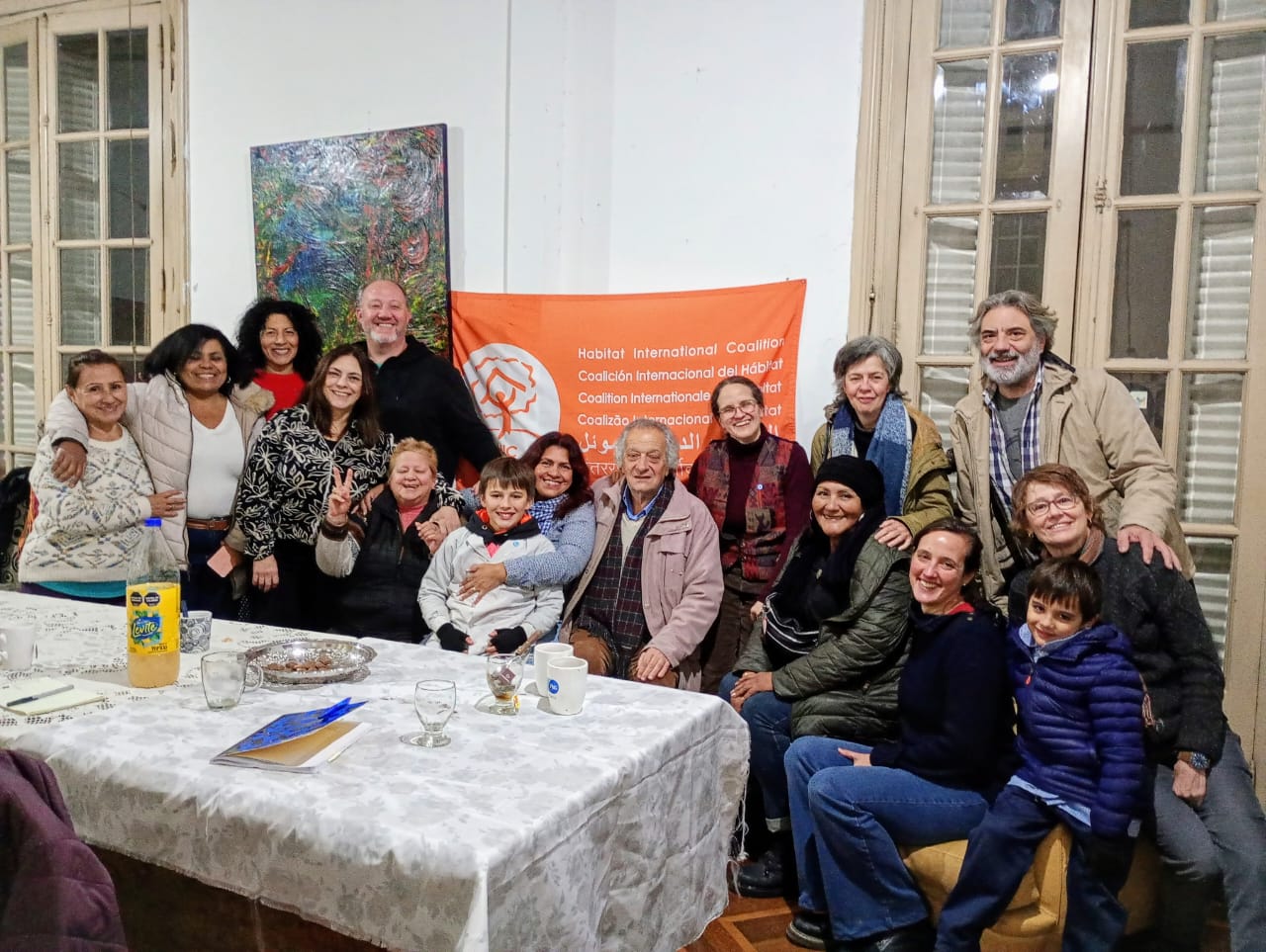Land Center for Human Rights
122 Galaa’a st, Ramsis Tower- Egypt
Cairo 8/10/2007 Press Release
A new report from the Land Center For Human Rights
The premeditated assassination of the agricultural cooperatives in Egypt
The LCHR is issuing report No. 26 of the civil society series under the title: “Agricultural cooperatives in Egypt: A premeditated assassination”, in order to expose the injustice and persecution that the agricultural cooperatives in Egypt suffer from and the conspiracies that were made against them which have led to them losing their power, particularly when the Bank of Development and Agrarian Credit seized their property and funds in the mid-1970s of the last century, in addition to a crippled law that put them at the disposal of the administrative entities to do what they want with them, which eventually led to their assassination and the assassination of the hopes and dreams of millions of ordinary farmers allover Egypt, as they are the locomotive that one of the most productive sectors could use to rise on its shoulders, which is the agricultural sector that carries between its ribs the hopes and aspirations of the whole country to providing food and safety for millions of farmers.
In the introduction the report points out that the cooperative approach to development is motivated by trying to satisfy the needs of development and not by trying to gain profit or by receiving orders from the higher authorities, like other government projects. A thing which requires the efficient use of all available resources.
It points out that the Egyptian Agriculture has been liberated from government restrictions and works according to the mechanisms of the market, but that the agricultural cooperative organizations have been left captive to rigid bureaucratic administrations clenching to dull legislations which put the power in the hands of the government and its employees to supervise and guide and achieve siege and destruction.
The LCHR asserts that as a corollary to all this, the standing of the agricultural cooperatives was lost, their capabilities reduced, their activities dwindled, and their place taken up by institutions and private organizations that were able to adapt to changes in the institutional structure of the whole sector.
The first axis of the report entitled: “The agriculture cooperative movement”, reviews the origination and development of the cooperative movement in Egypt, focusing primarily on the agricultural cooperative movement, the efforts of its first pioneers, and the various stages that it went through during the economic crisis that hit the country in 1908 due to several factors, the worst of which was relying entirely on foreign capital funds.
The LCHR asserts that the beginning of the collapse of the agricultural cooperatives started with the law No. 117 of 1976 which established the Principal branch of the Bank of Development and credit and the village’s banks, as well as Republican Decree No. 824 of 1976 which dissolved the Central Cooperative Union, and Republican Decree No. 825 of 1976 which canceled the Public Authority for agricultural Cooperation as the competent authority, and the agricultural cooperation law No. 122 of 1980 which was amended by Law No. 122 of 1981.
In its second axis titled: “The agricultural cooperative law (a critical view)”, the report points out that the law of agricultural cooperation, unlike its predecessor: the consumer cooperation law, or its successor: the housing cooperation law, does not contain a text that supports agricultural cooperative associations.
After reviewing many of the gaps in the law the LCHR wonders how the current law of agricultural cooperation continues to control the agricultural cooperatives in Egypt until now?…. despite its enormous gaps which led to the undermining of the lives of farmers on one hand, and damaging the agricultural sector on the other hand, when such a law was supposed to be just and sensitive to the lives of farmers and the future of agriculture in Egypt.
The third axis of the report titled: “Agricultural cooperatives in Egypt (reality and challenges)” points out that the agricultural cooperative architecture in Egypt consists of two parts:
I: agricultural cooperative associations: associations established according to the need and the nature of the activity of each one of them in serving the areas of vegetable production, animal production, agricultural reform, and land reclamation.
II: the Central Agricultural Cooperative Union: which represents the Summit of the agricultural cooperative architecture.
The LCHR asserts that agricultural cooperative organizations are the development locomotive for the agricultural sector in Egypt, either in terms of the size of the land it exploits, the volume of the direct investments it pumps in or the employment opportunities it provides and the size of its contribution in achieving food security in Egypt.
In its fourth axis titled: “The bank of Development and Agrarian Credit between commercial ways, development, and influential conflict”, the report provides a historical overview on the establishment of the bank.
The LCHR asserts that the bank, in its present condition, is a commercial bank in an agricultural disguise, which prevents it from being helpful to farmers.
The report also presents a number of issues which confirm the corruption of some officials in the Bank of Development and Agrarian Credit pointing out that there were flagrant abuses committed against thousands of farmers, who are the real owners of the bank.
The report concludes by providing (a futuristic vision), in which it shows a strategy for developing agricultural cooperatives, upgrading their services, and activating their work mechanisms in order to rid them of all forms of government intervention, that reduce their roles, so that they can recover for the benefit of both the farmers and agriculture, the protection of the national economy from the risks of dependence, the provision of the main goods necessary for the people’s food and their national industry, and the development of the countryside and supporting the rights of farmers to live in freedom and dignity.
You could visit the Center or our internet website for a copy of the report. www.lchr-eg.org
ـــــــــــــــــــــــــــــــــــــــــ
Address: 122 El Gala’a St. -Ramsis Tower-Cairo
Tel/Fax: 02-25750470
E-mail: lchr@thewayout.net / lchr@lchr-eg.org
Website: www.lchr-eg.org


